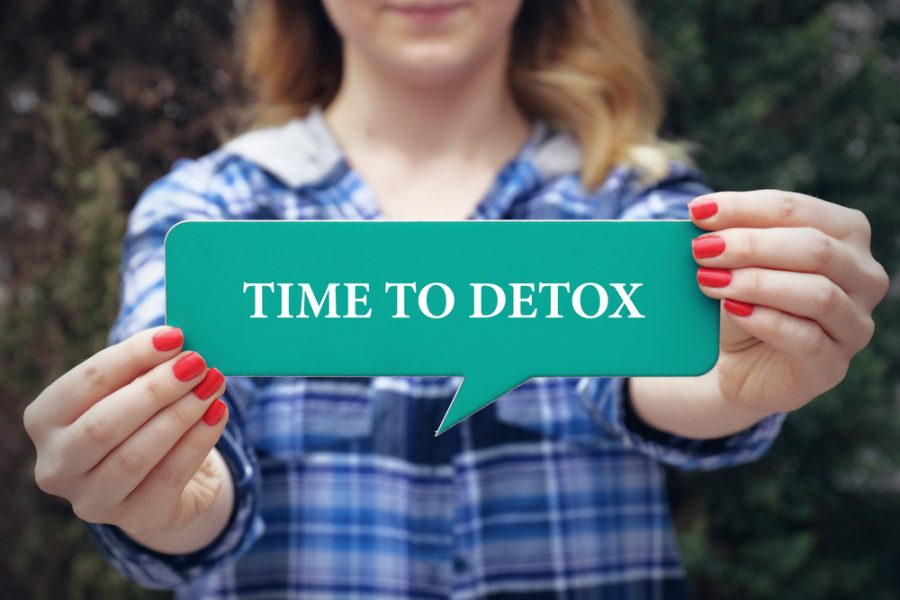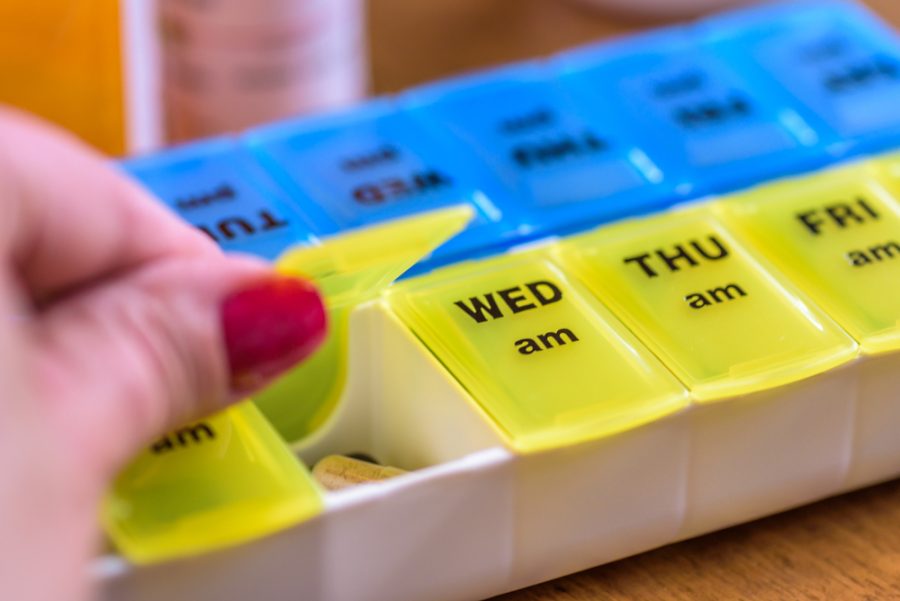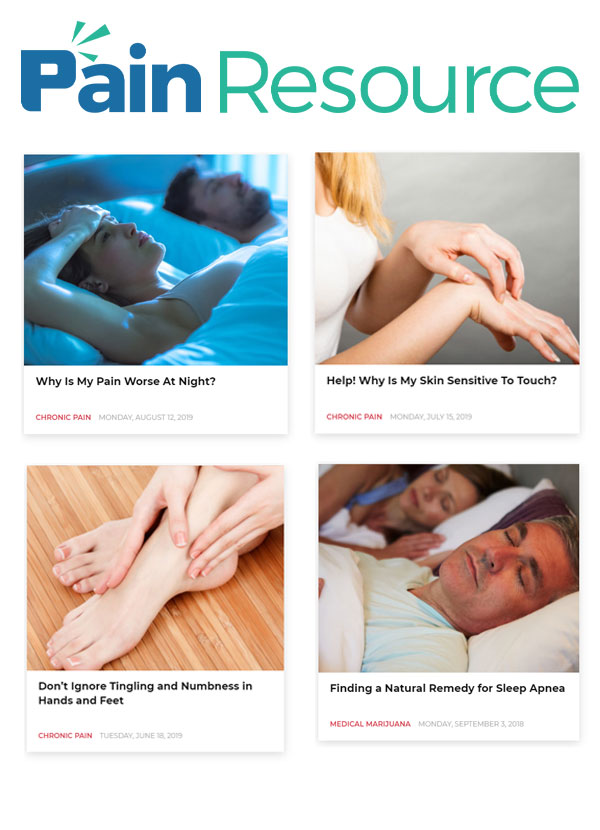
Although taking heroin for the first time probably didn’t include a lot of forethought or planning, the choice to go through a heroin detox does. Quitting your habit can change your life for the better, but going through the withdrawal process is intense. It’s something you should never do on your own, and it’s something you should make sure you will commit to for the long run. You don’t want to go through a withdrawal from heroin, only to use the drug later and have to go through the withdrawal process all over again.
If you’re ready to take back your life and kick your heroin habit for good, knowing what to expect throughout the process can ensure your supervised detox sticks.
Table of Contents
The Heroin Detox Process


Before the detox process begins, it is important to undergo a thorough physical and psychological examination. With this information, the medical staff involved in your heroin detox program can create an effective treatment plan that will keep you safe throughout the process. An exam is also the best way to get an idea about what kind of support you should receive after the detox process is complete.
You can expect your exam to include:
- X-rays
- Electrocardiograms
- Urine and blood tests
- Tests for diseases, like hepatitis C and HIV
- Screening for mental illness
Once you have a plan of action after the initial evaluation, the stabilization phase begins. This is when all of the heroin is eliminated from your body. This is done carefully to ensure you reach a medically stable state that will keep you as safe and healthy as possible throughout the process.
Inpatient or Outpatient Heroin Detox
Although there are outpatient detox programs for substance abuse, we don’t recommend them. Withdrawal symptoms can be intense, and without a professional by your side, you may give up and start using again. In addition, the detox process can actually be life-threatening. When you choose an inpatient heroin detox program, your detox will be observed by experienced physicians 24 hours a day for anywhere between three to ten days, depending on the severity of your addiction.
However, once the detox process is complete, you can decide whether you would like an inpatient or an outpatient treatment program to support your recovery through the coming weeks, months, and years. A residential treatment program may be a good choice for those with a dual diagnosis who will be face unique challenges when they go back home. Those who have work and family responsibilities may want to consider an intensive outpatient treatment program instead. It includes hours’ long sessions, multiple days a week, with the ability to go to work and care for a family in between meetings.
Heroin Withdrawal Symptoms
Heroin is an addictive drug. As a matter of fact, many people consider it one of the most addictive drugs out there. The side effects of heroin withdrawal come with more than just minor aches and pains; withdrawal comes with a long list of possible physical symptoms, many of which can be severe, including:
- Nausea
- Abdominal pain
- Sweating and chills
- Shaking
- Muscle aches
- Diarrhea
- Hypertension
- Rapid heart rate
- Fever
- Difficulty breathing
The symptoms of heroin withdrawal can also come with mental health challenges. It isn’t uncommon for those undergoing the detox process to experience depression, anxiety, and nervousness. In every case, those going through heroin detox will experience strong cravings to use the drug again.
After the last dose of medication, symptoms will start within six to twelve hours. Symptoms peak at two or three days, with the entire process taking anywhere between five and ten days, depending on the length and severity of your heroin usage.
Behavioral and Pharmacological Treatments


Fortunately, when you seek the support of a professional heroin detox program, you don’t have to go through the pain and discomfort of ridding your system of heroin alone. Medical and mental professionals will be there to keep you company, and more importantly, they can help alleviate some of the pain and discomfort by using a combination of behavioral and pharmacological treatments.
Medications can be especially effective at easing the process. A few popular examples that are often prescribed include:
- Methadone is taken orally, so it enters the brain slowly without creating a high feeling that other drugs can sometimes elicit.
- Buprenophine has subdermal and injection options, and can be prescribed by more practitioners, making it a more accessible option for some.
- Naltrexone is not addictive or sedating, and is more likely to help in the long-term when used as an injectable.
- Clonidine can be used to help relieve withdrawal symptoms, but it does not reduce cravings for the drug.
Treatments for heroin often also includes behavioral therapies. They are already effective on their own, but when used with medications as part of a larger detox program, they can be especially useful. Behavioral therapies can modify expectations and behaviors related to drug use, while helping you learn how to better cope with life’s stresses. In this way, drugs help your body through a heroin detox, while behavioral therapy helps you avoid relapse in the future.
Your Heroin Detox Starts Here
The thought of undergoing heroin detox can be scary, but it doesn’t have to be. Our addiction treatment center is full of caring professionals who will be there for you every step of the way. Contact The Woods at Parkside at (614) 471-2552, or reach out to us online. Now is the time to take the first step towards a happier, healthier, drug-free life.
The post Heroin Detox: What You Should Expect appeared first on The Woods At Parkside.
Source
Original Author: The Woods at Parkside

